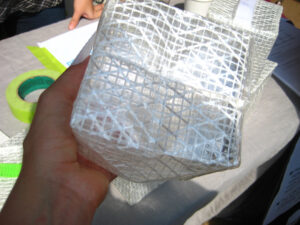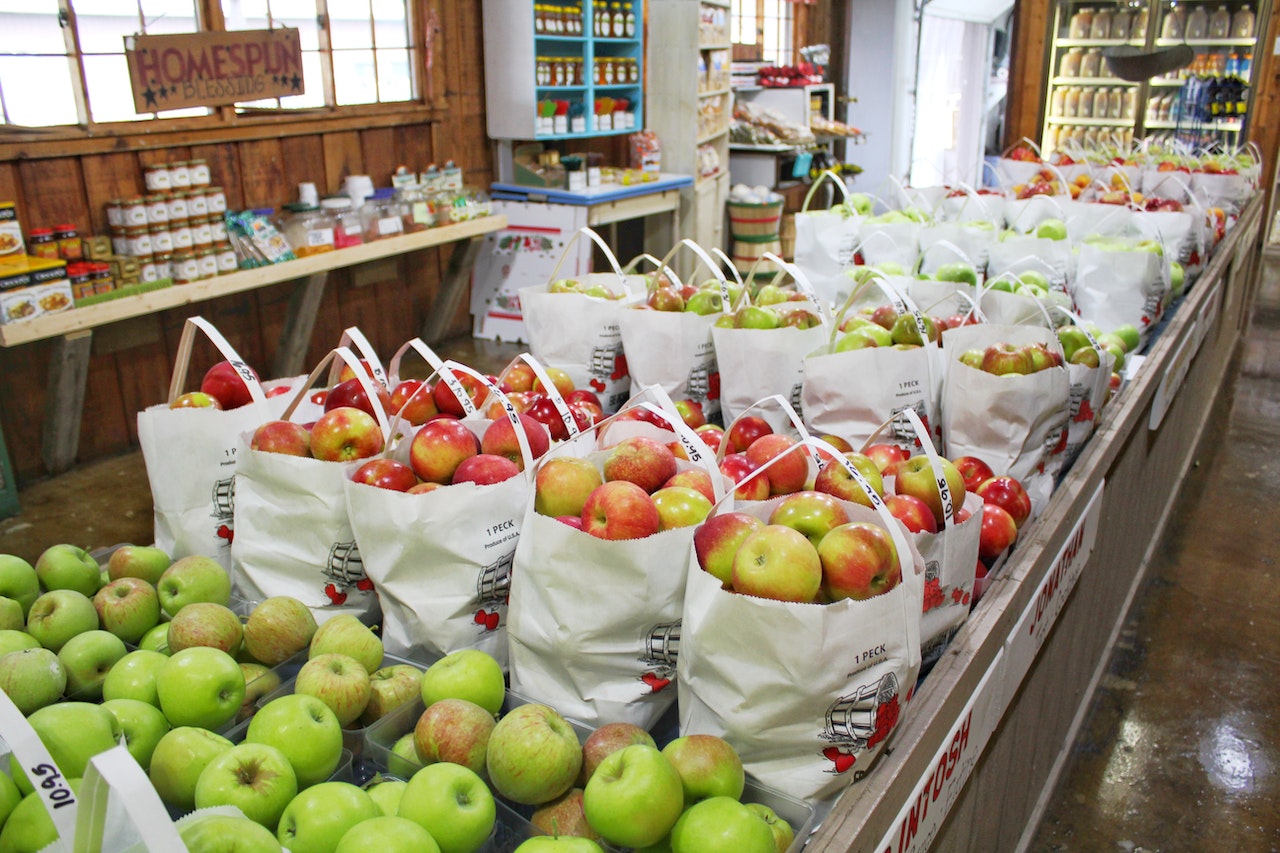Patents

The United States Patent and Trademark Office (USPTO) describes patents as a property right granted to an inventor for an invention or, in the words of the Constitution, “writings and discoveries.” A patent granted by the USPTO gives the holder of the patent the exclusive right to the invention for a limited period of time. Those rights include making, using, and selling the invention. The patent generally lasts for a specific period of time, starting from the date of filing the patent application, and is effective only within the United States and its territories—e.g., Puerto Rico and the U.S. Virgin Islands. In order to be patentable, an invention must be novel, non-obvious, and useful. Laws protecting IP vary from country to country. To protect your invention from being sold in other countries without your permission, check out The World Intellectual Property Organization to researching patent protection on a global scale.
Patent term extensions are available for products such as pharmaceuticals, food additives, and medical devices that require regulatory, or government, approval prior to sale or use. The extension of time is intended to compensate for time that it takes for a product to go through necessary clinical trials and regulatory review.[1] The USPTO does not decide whether a product is safe or not. Other government agencies oversee that kind of regulation.
A patent grants an inventor “the right to exclude others from making, using, offering for sale, or selling the invention in the United States or importing the invention into the United States” for the patent term.[2] The patent from the USPTO essentially establishes who owns the invention or work in the U.S. It is the patentee’s responsibility to enforce the patent if someone else is producing or selling the product without permission.
patent protection trade-off
The statutory protection that the patent provides gives the owner a monopoly over the invention for the term of the patent. However, applying for the patent requires that the inventor discloses how the invention works and how it’s made and those records are available to the general public.
A patent application must disclose the invention in specific enough detail to prove the inventor came up with the idea and to allow a person with relevant expertise to replicate the invention. Because patents are public records, other people can look up all the details about your invention and use your idea to create another invention that is different enough to have its own patent and become your competition. Or even worse, someone could make and sell your exact invention in another country where you do not have patent protection.
Now let’s take a closer look at the three patent categories.
Design Patents
As the title suggests, design patents are based on an item’s appearance and prevent unauthorized use of a product design or design element. A design patent protects what the item looks like, not how it works or how it’s used. Design patents range from the appearance of computer icons such as emojis to the Apple iPhone’s thin rectangle with rounded corners. The requirement for granting a design patent is that it is a “new, original and ornamental design for an article of manufacture.”[3] A design patent granted now lasts for 15 years.[4]
Utility Patents
Utility patents protect how inventions work. They are what the USPTO characterizes as “the inventor’s patent” and represent over 90% of patents issued. To quote the USPTO, “Utility patents may be granted to anyone who invents or discovers any new and useful process, machine, article of manufacture, or composition of matter, or any new and useful improvement thereof.” The term of a utility patent is 20 years.
If an invention is new in both its appearance and utility aspects, the inventor can seek both design and utility patents. Apple unsurprisingly has a number of utility (and design) patents, and a USPTO chart—Apple Finances by Utility Patent—notes the correlation between Apple’s patent numbers and financial performance. Apple has also been successful in defending its patents, including a $119.6 million dollar ruling against Samsung for violation of Apple’s slide-to-unlock, text prediction, and other utility patents. [5]
You can view the transcript for “SCIENCE BEHIND PRIZM” here (opens in new window).
Plant Patents
 If you have ever gone to the grocery store and found Honeycrisp or other apples with particular names, then you have already encountered the product of a plant patent. Plant patents are “granted to anyone who invents or discovers and asexually reproduces any distinct and new variety of plant.”[6] Plant patents are relatively rare, representing less than 1% of all patent applications in 2021.[7] Plant patents last for 20 years.
If you have ever gone to the grocery store and found Honeycrisp or other apples with particular names, then you have already encountered the product of a plant patent. Plant patents are “granted to anyone who invents or discovers and asexually reproduces any distinct and new variety of plant.”[6] Plant patents are relatively rare, representing less than 1% of all patent applications in 2021.[7] Plant patents last for 20 years.
Some plant patents are controversial. Agriculture giant Monsanto has faced harsh criticism for using aggressive tactics to defend its plant patents.[8] For example, Monsanto has sued farmers for saving seeds from crops grown with patented seeds even though Monsanto does not allow that.[9]
- Murray, John, and Heidi Dare. "Patent Term Extension Under 35 U.S.C. §156." Brinks, Gilson & Lione. March 2, 2015. Accessed December 1, 2022. https://www.brinksgilson.com/files/biopharma_article_3.3.15.pdf. ↵
- "General Information concerning Patents." United States Patent and Trademark Office. Accessed December 1, 2022. https://www.uspto.gov/patents/basics/general-information-patents. ↵
- "Design Patent Application Guide." United States Patent and Trademark Office. Accessed December 1, 2022. https://www.uspto.gov/patents/basics/types-patent-applications/design-patent-application-guide#def. ↵
- 35 U.S.C. 173 ↵
- Wuerthele, Mike. "Apple's $119.6 Million Victory in iPhone Utility Patent Battle with Samsung Finally Upheld." AppleInsider. November 06, 2017. Accessed June 12, 2019. https://appleinsider.com/articles/17/11/06/apples-1196-million-victory-in-iphone-utility-patent-battle-with-samsung-finally-upheld. ↵
- "General Information About 35 U.S.C. 161 Plant Patents." United States Patent and Trademark Office. Accessed December 1, 2022. https://www.uspto.gov/patents/basics/types-patent-applications/general-information-about-35-usc-161. ↵
- "U.S. Patent Statistics Chart Calendar Years 1963 - 2020." USPTO. Accessed December 1, 2022. https://www.uspto.gov/web/offices/ac/ido/oeip/taf/us_stat.htm. ↵
- Genetic Literacy Project. “Does Monsanto Sue Farmers Who Save Patented Seeds or Mistakenly Grow GMOs?” Accessed December 5, 2022. https://geneticliteracyproject.org/gmo-faq/does-monsanto-sue-farmers-who-save-patented-seeds-or-mistakenly-grow-gmos/. ↵
- “Does Monsanto Sue Farmers Who Save Patented Seeds or Mistakenly Grow GMOs?” ↵